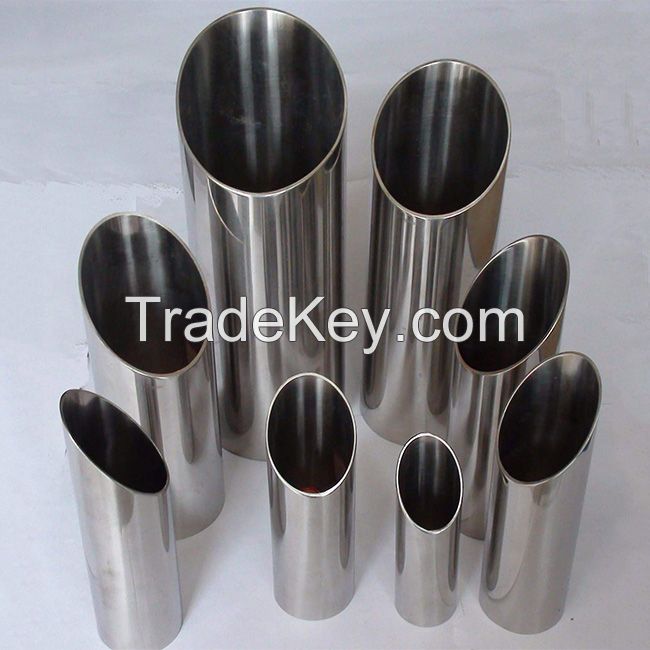Description
Types of stainless steel
This crystal structure makes such steels non-magnetic and less
brittle at low temperatures. For higher hardness and strength,
carbon is added. When subjected to adequate heat treatment these
steels are used as razor blades, cutlery, tools etc.
What is stainless steel?
Significant quantities of manganese have been used in many
stainless steel compositions. Manganese preserves an austenitic
structure in the steel as does nickel, but at a lower
cost.
The term "stainless steel" is a bit of a misnomer.
There's no one combination of iron and alloying elements that makes
stainless steel what it is. Instead, stainless steel refers to the
fact that products made from it do not rust.
Stainless steels generally contain between ****0% chromium as the
main alloying element and are valued for high corrosion resistance.
Other alloys in stainless steels can include manganese, silicon,
nickel and molybdenum. These alloys work together to interact with
oxygen in water and air to quickly form a thin but strong film
over the steel that prevents further corrosion.
Naturally, stainless steel pipe is used in any industry where
corrosion protection is necessary. While stainless steel pipe is
essentially alloy pipe by another name, it is not well suited for
extreme service unless it's been appropriately heat treated to
increase strength and impact resistance.
Due to its aesthetic appeal, stainless steel is often chosen if
pipe must be visible in public or professional settings.
Stainless steels can be divided into three groups based on their
crystalline structure:
Austenitic - Austenitic steels are non-magnetic and non
heat-treatable, and generally contain *8% chromium, 8% nickel and
less than 0.8% carbon. Austenitic steels form the largest portion
of the global stainless steel market and are often used in food
processing equipment, kitchen utensils, and piping.
Ferritic - Ferritic steels contain trace amounts of nickel,
****7% chromium, less than 0.1% carbon, along with other alloying
elements, such as molybdenum, aluminum or titanium. These magnetic
steels cannot be hardened by heat treatment but can be strengthened
by cold working.
Martensitic - Martensitic steels contain ****7% chromium, less
than 0.4% nickel, and up to 1.2% carbon. These magnetic and
heat-treatable steels are used in knives, cutting tools, as well as
dental and surgical equipment.
